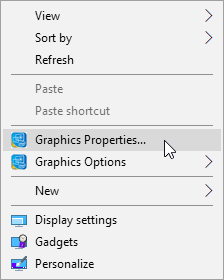Have you ever encountered any situation that you wish to record down your phone conversation for future reference?
It could be a negotiation talk, or a sales order through phone, or any conversation containing message which you need to record down that typically you'll quickly search for paper and pen and asked the other party to repeat it. It could also be a scam call that you want to keep evident, or any other phone calls that you just want to save.
I use Automatic Call Recorder developed by Appliqato Software for this purpose. It is free for use (with ads), and you can also purchase the ads-free Pro version which will also unlock some of the unique functions not available in the free version.
Take note that there are quite a number of "call recorder" apps that can be found in Google Play Store. The one that I mention here is developed by Appliqato Software which has already achieved a few hundred million installation.
The beauty of this app is that once installed with automatic recording turned on by default, it will automatically record all your incoming and outgoing calls on its own without the need of prompting you. You can also temporary turn off this automatic recording function in its Settings.
Recorded calls will appear in its Inbox which you can replay and perform further action, such as save it permanently (will move from Inbox to Saved folder), jot down a title and notes about what is the call about (for your search reference), delete it, share the recorded audio to another app (such as sending to Whatsapp, Telegram, email, cloud drive, another phone through Bluetooth, etc.).
This call recorder can save the recording in either one of AMR, AAC, MP4 or WAV format. The default AMR format is suitable for voice recording, which produce relatively small file size. In case the recording sound volume is too soft, you can make configuration to increase the loudness.
You can configure the app to automatically save a copy of the audio record to your Google Drive or Dropbox, and you can specify for this synchronization to happen only when the phone is connected to WiFi.
Under Storage setting, you can specify how many number of recordings to retain in the Inbox, and the storage location path of your Inbox.
Under Filters setting, you can specify whose phone calls to record, and whose phone calls to skip recording. By default, all calls will be recorded.
In case you find the app failed to record some of the calls, it might be due to battery optimization function of your phone, which you can set to ignore battery optimization for this app.


















